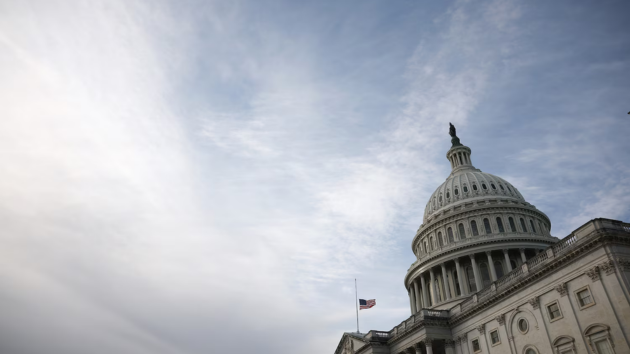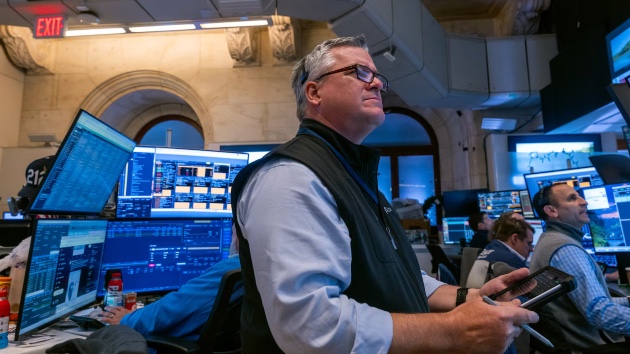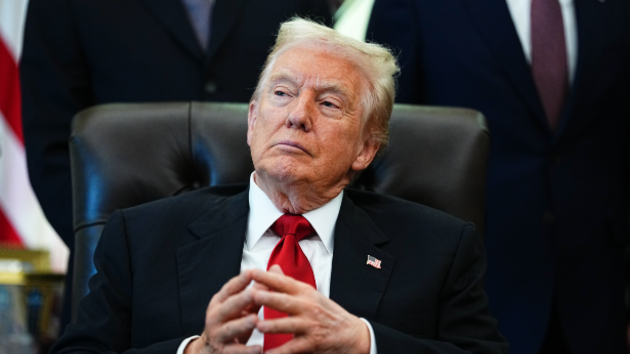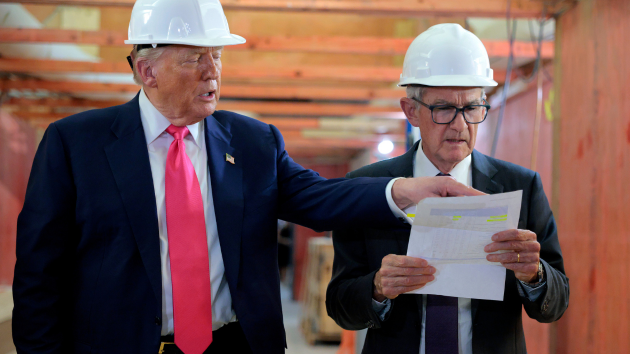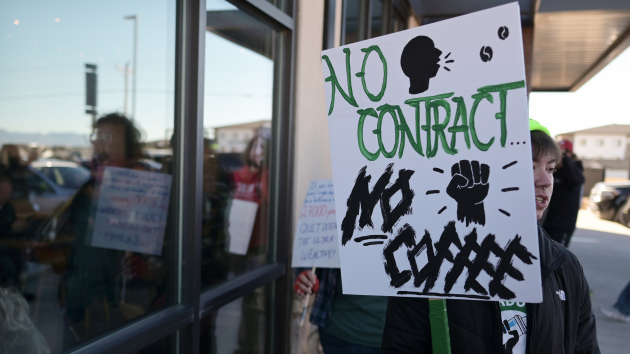
(NEW YORK) — Starbucks baristas are set to walk off the job in dozens of U.S. cities on Thursday, aiming to galvanize public support and pressure the company on “Red Cup Day,” the coffee giant’s annual holiday promotion.
More than 1,000 Starbucks workers will go on strike at about 65 stores scattered across states as far-flung as California, Texas and Pennsylvania, Starbucks Workers United (SWU), the union representing the workers, told ABC News in a statement.
Union members say Starbucks has failed to make new proposals on key issues like staffing levels and pay since the labor group rejected a company offer in April. The workers also seek to resolve hundreds of allegations over illegal labor practices, including claims of retaliation targeting union members.
“We’re turning the Red Cup Season into the Red Cup Rebellion. Starbucks’ refusal to settle a fair union contract and end union busting is forcing us to take drastic action,” Amos Hall, a barista at a store in Pittsburgh, Pennsylvania, told ABC News in a statement.
In a statement to ABC News, Starbucks spokesperson Jaci Anderson downplayed the scale of the anticipated strike and faulted the union for what she described as a refusal to bargain with the company.
“We are disappointed that Workers United, who only represents around 4% of our partners, has voted to authorize a strike instead of returning to the bargaining table. When they’re ready to come back, we’re ready to talk,” Anderson said.
“Any agreement needs to reflect the reality that Starbucks already offers the best job in retail, including more than $30 an hour on average in pay and benefits for hourly partners,” Anderson added.
Anderson contested the union’s characterization of the impasse in negotiations, saying the union brought an incomplete proposal to its members for the ill-fated vote in April.
Starbucks Workers United said it represents more than 12,000 unionized baristas at over 600 stores. The company provided ABC News with a lower estimate, saying the union counts 9,500 members at about 550 locations.
In February 2024, Starbucks Workers United and Starbucks announced they would work on a “foundational framework” to reach a collective bargaining agreement for stores. Negotiations began in April of that year.
Within months, Starbucks CEO Brian Niccol took the helm of the company, vowing to rejuvenate performance after a years-long spell of sluggish sales.
The company recently reported U.S. same-store sales over three months ending in September had been flat, snapping a streak of six consecutive quarters of decline. Same-store sales is a measure of revenue generated at existing locations over time.
“The plan is working,” Niccol said on a conference call with analysts last month. “We have more work to do, we’re building momentum.”
Meanwhile, the company and the union have yet to strike a deal on a contract. The average length of time before a new union signs its first contract is 409 days, according to a Bloomberg Law analysis in 2021. Roughly 625 days have passed since Starbucks and the union announced a mutual commitment to reach an agreement.
Kate Bronfenbrenner, a labor relations professor at Cornell University, said the strike on Thursday marked an effort to pressure Starbucks and jumpstart negotiations.
“Starbucks workers are striking and engaging customer support to get Starbucks back to the table. They may also need to again mount a large campaign with investors and other stakeholders to convince Starbucks that reaching a first contract is in the company’s best interest,” Bronfenbrenner told ABC News in a statement.
Copyright © 2025, ABC Audio. All rights reserved.

